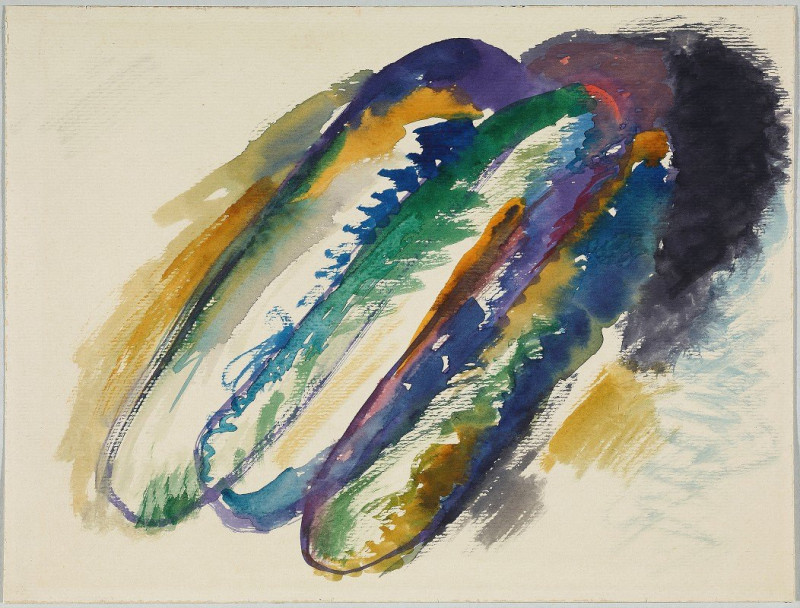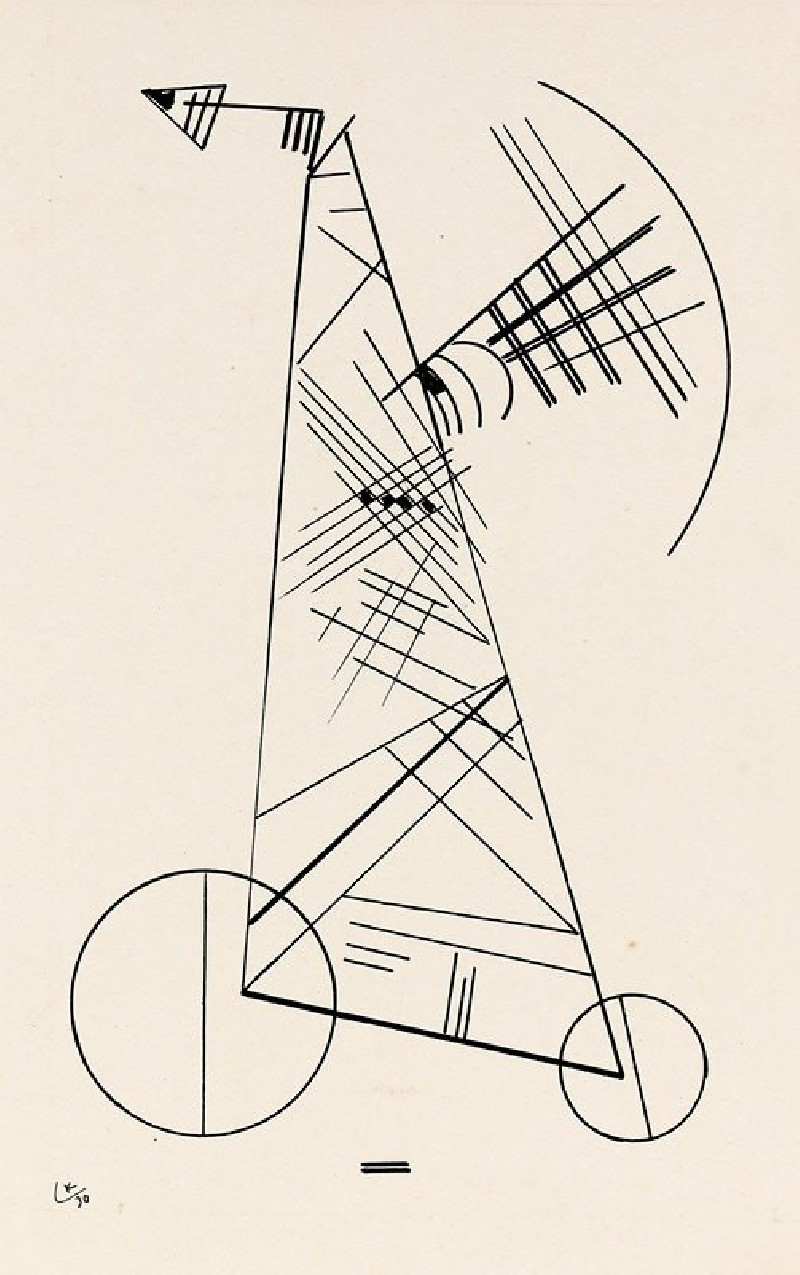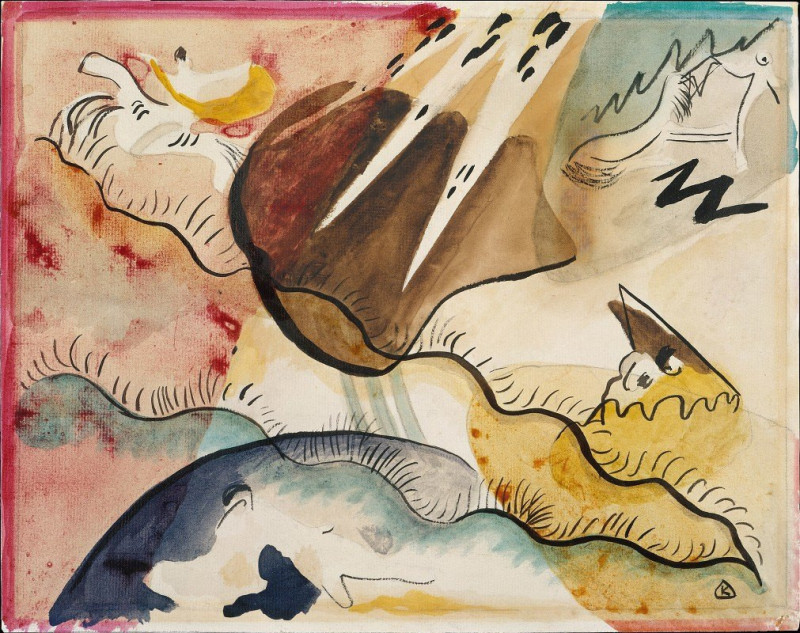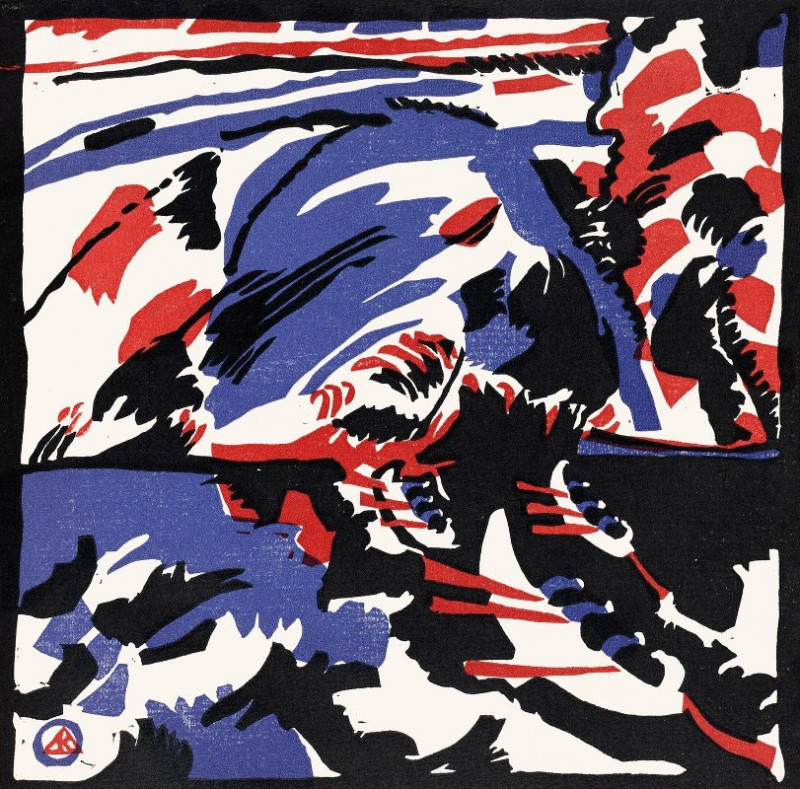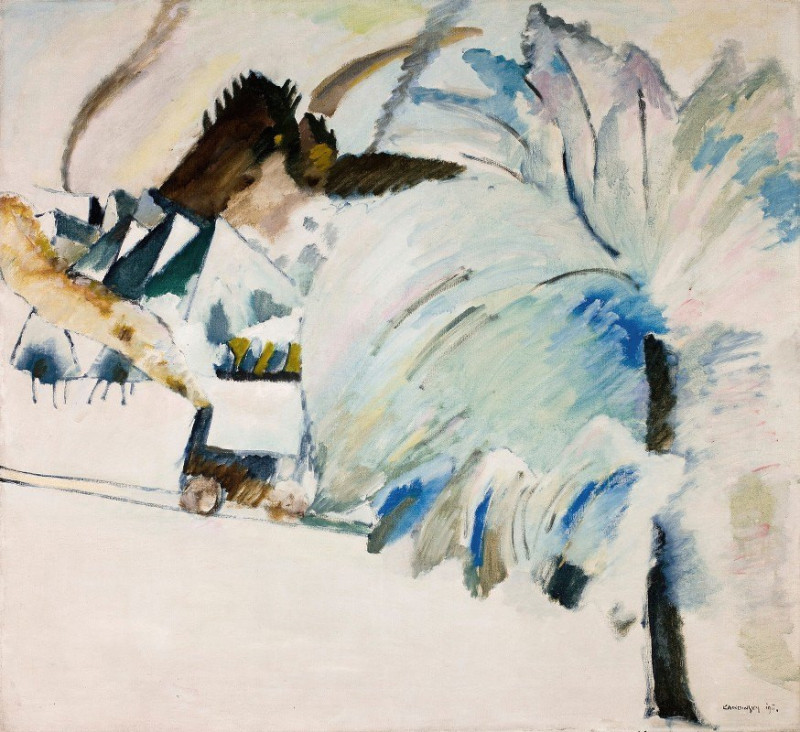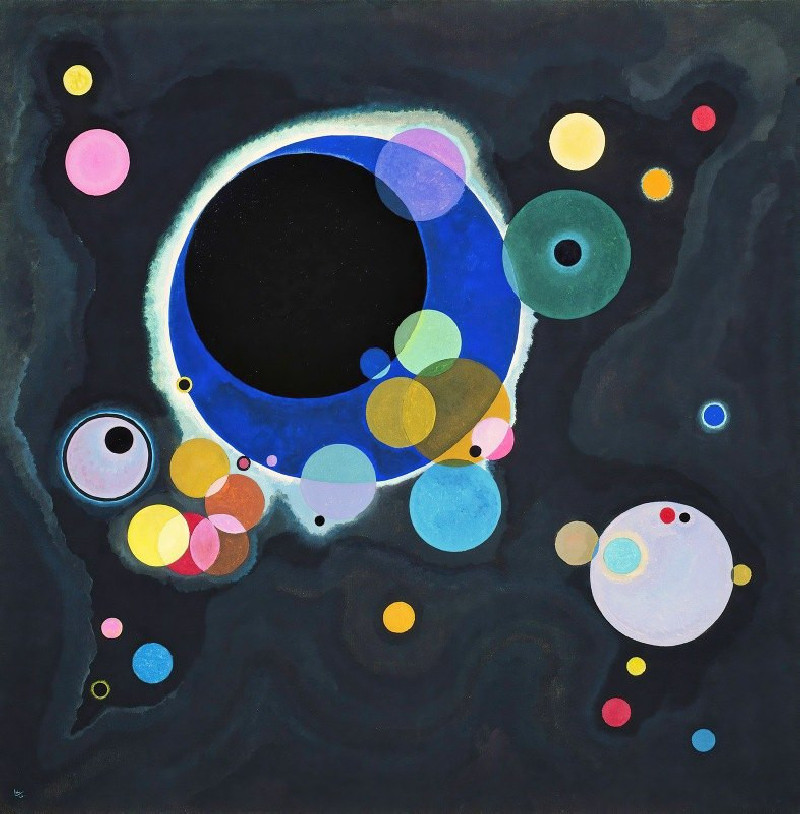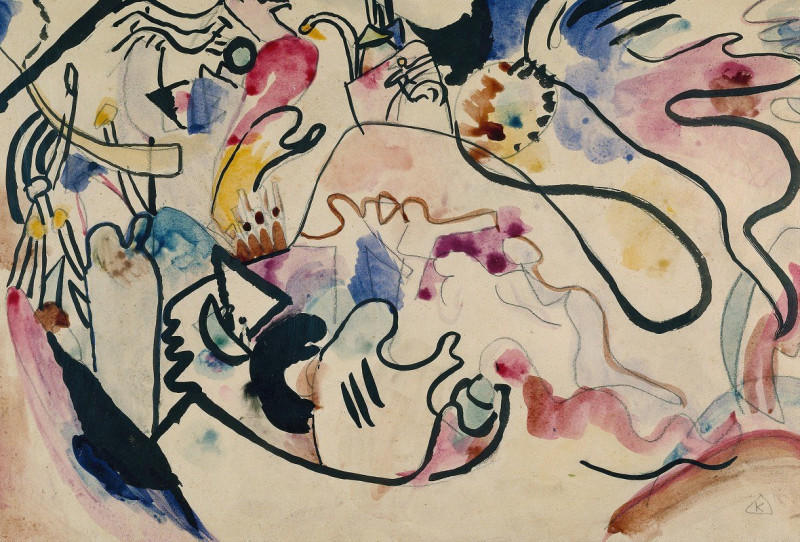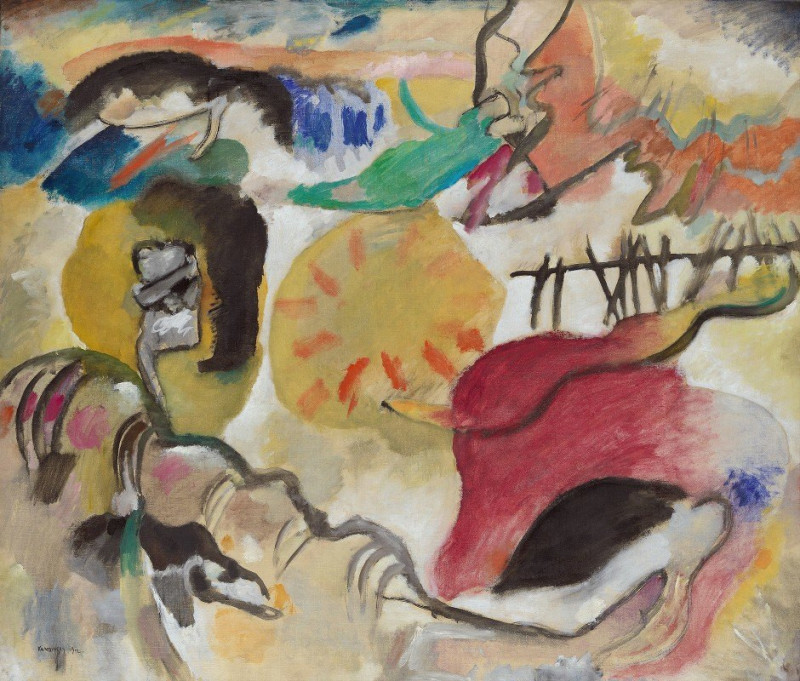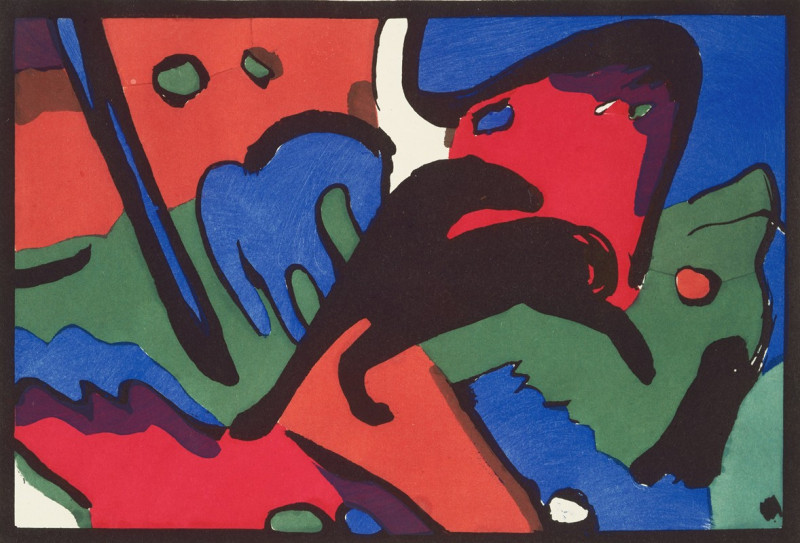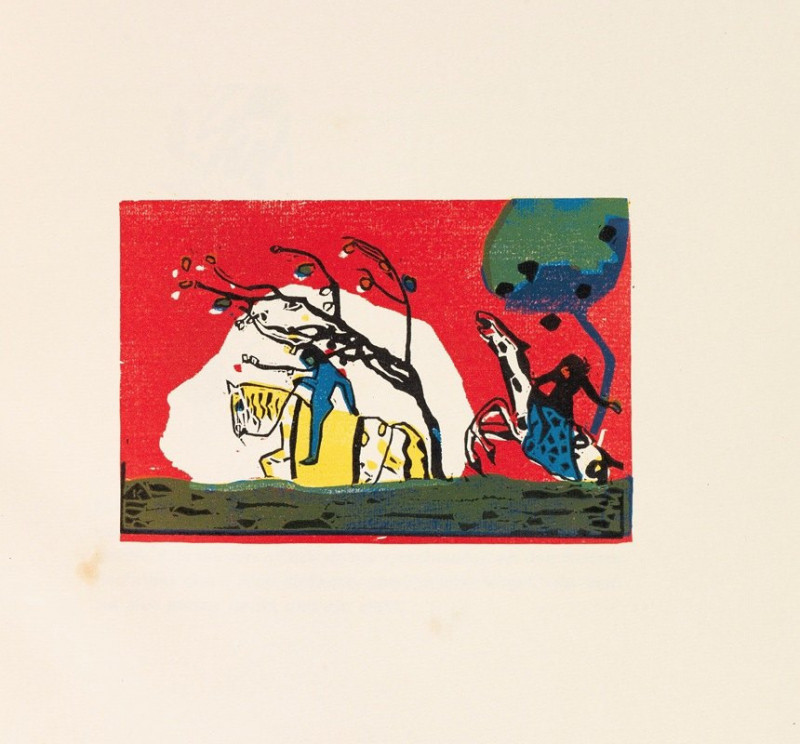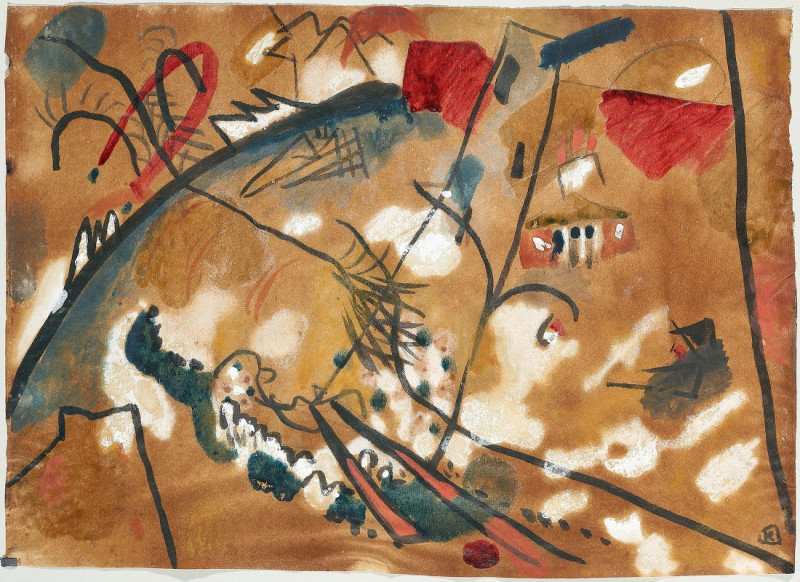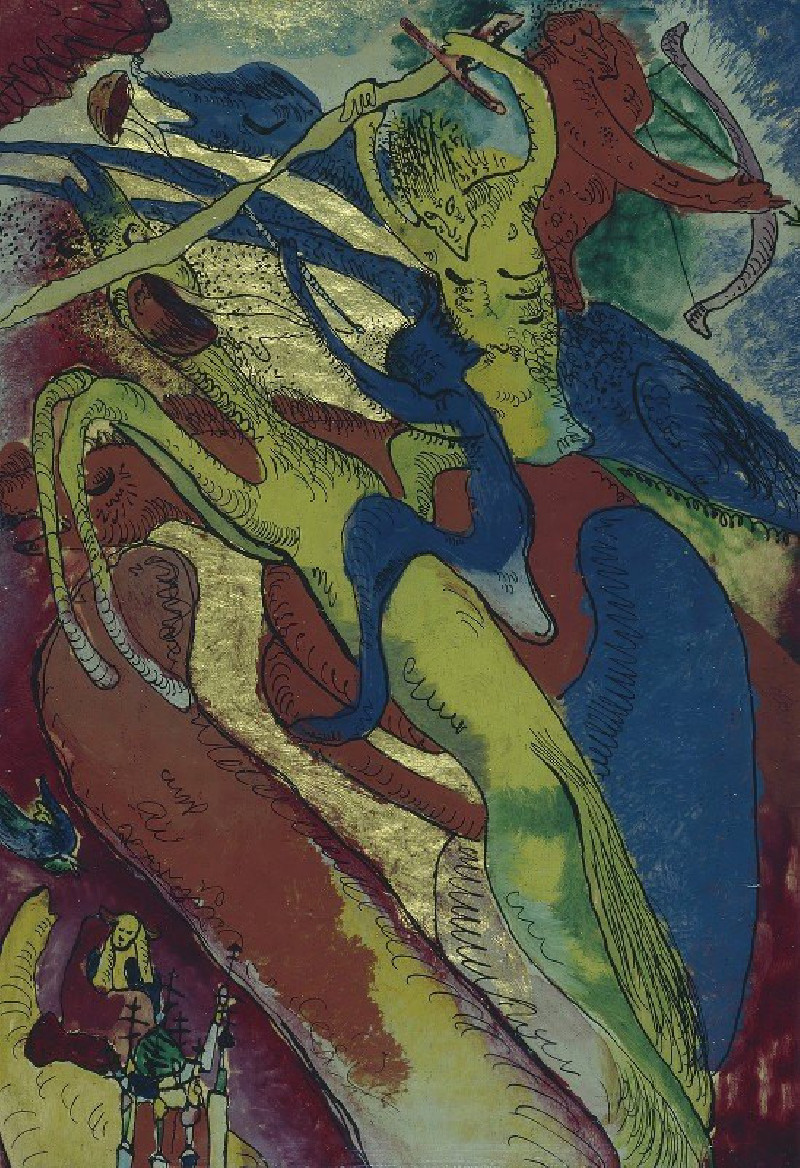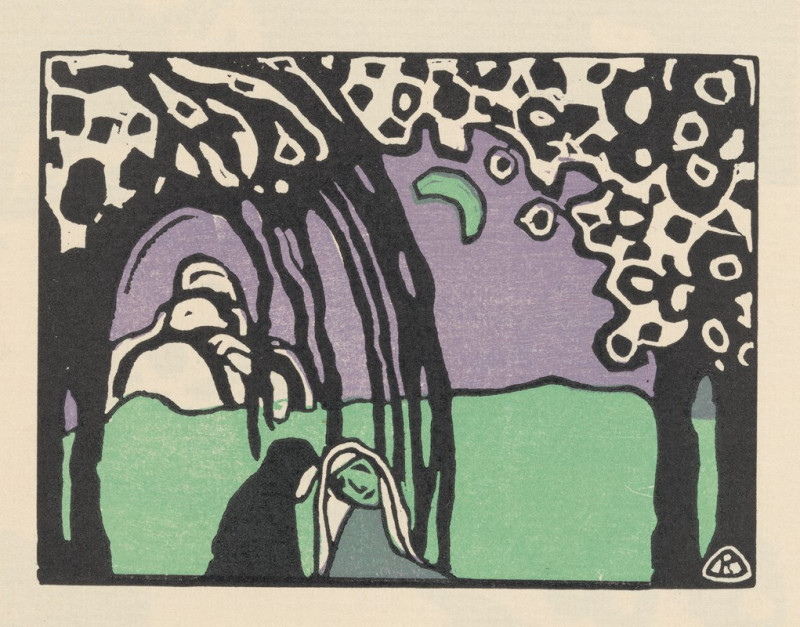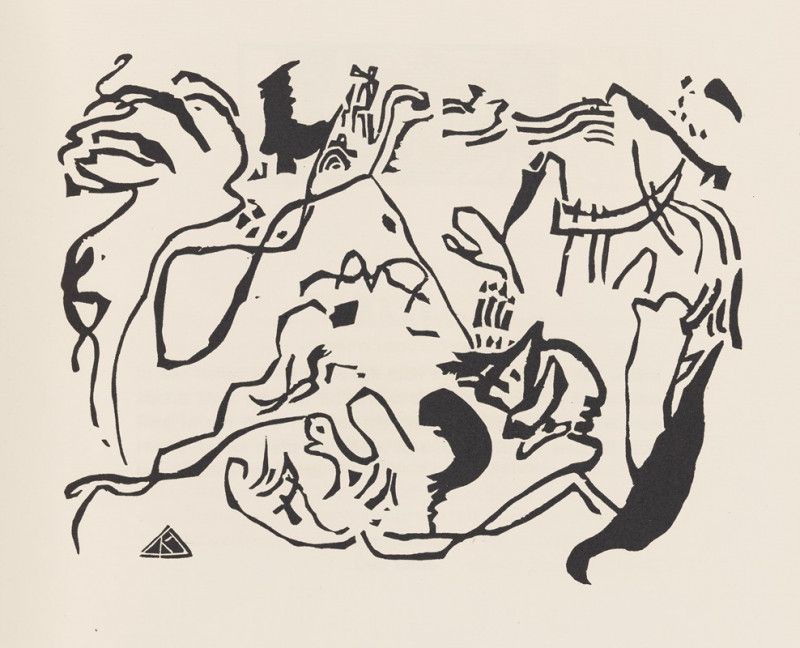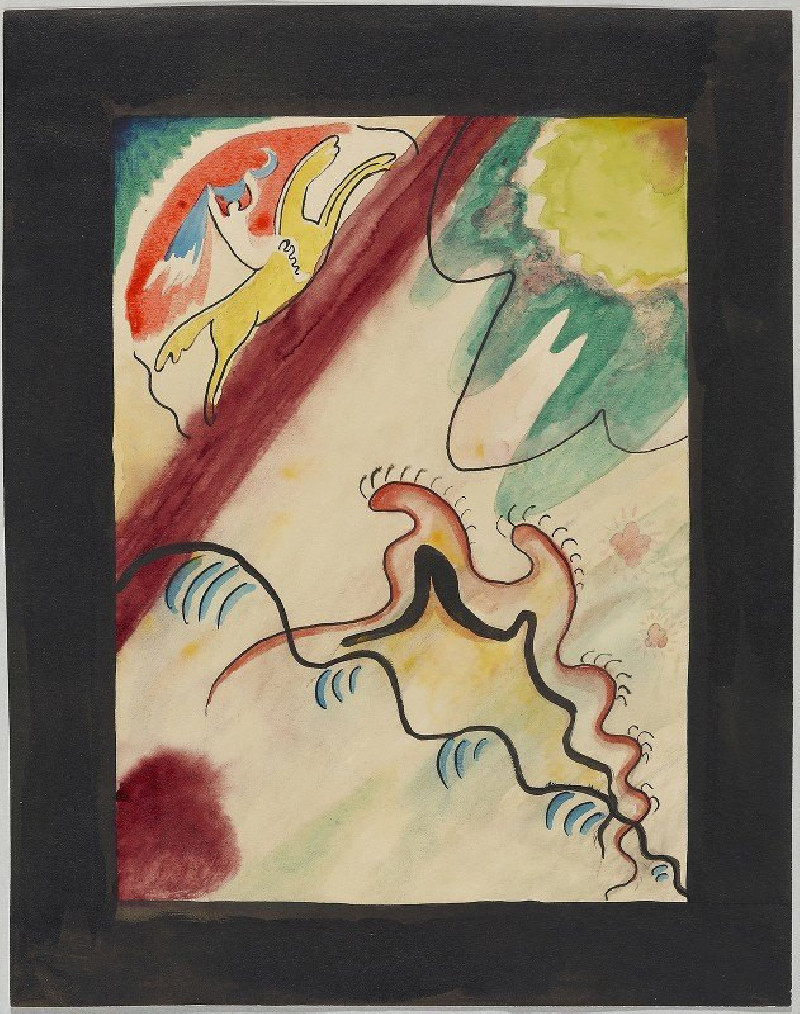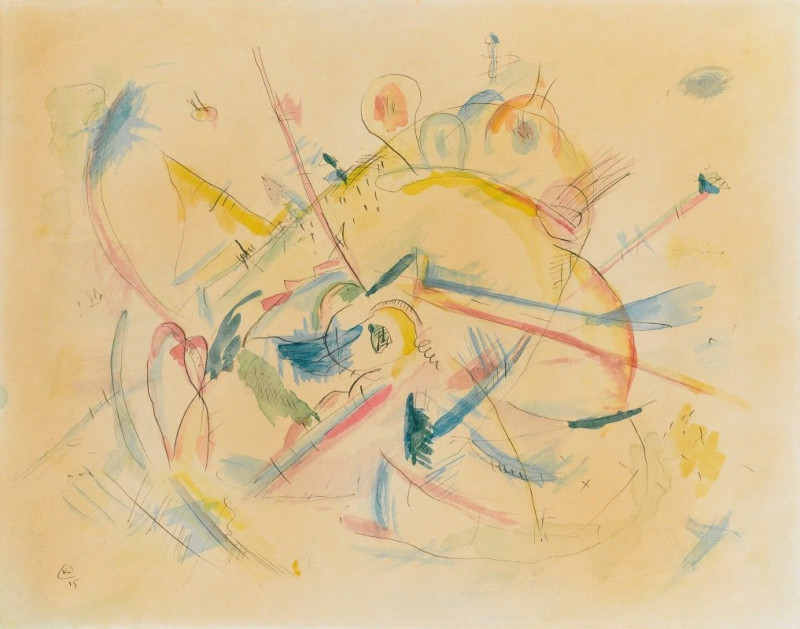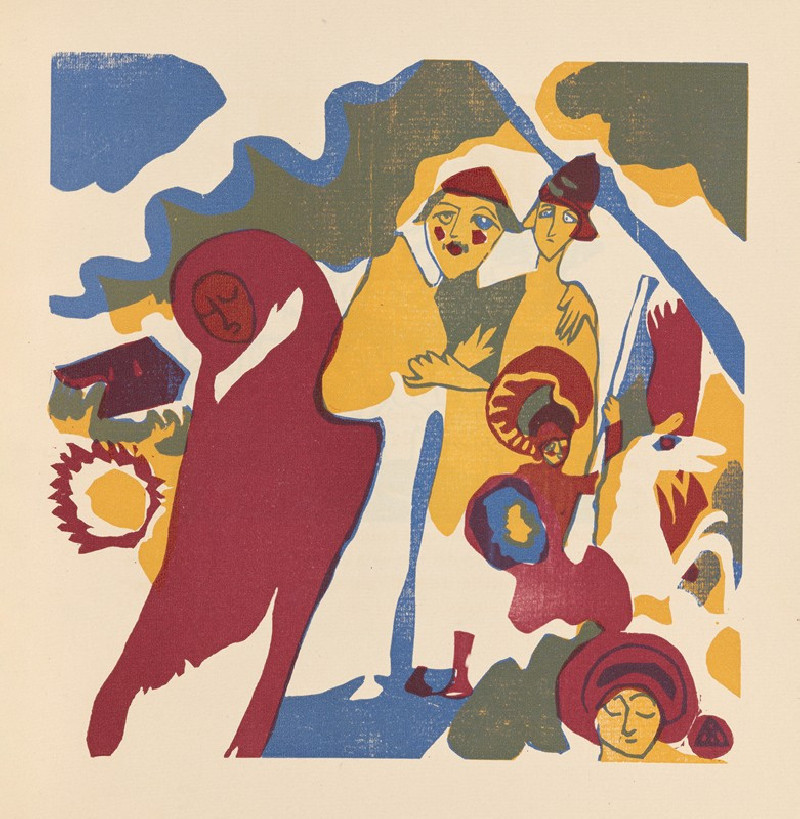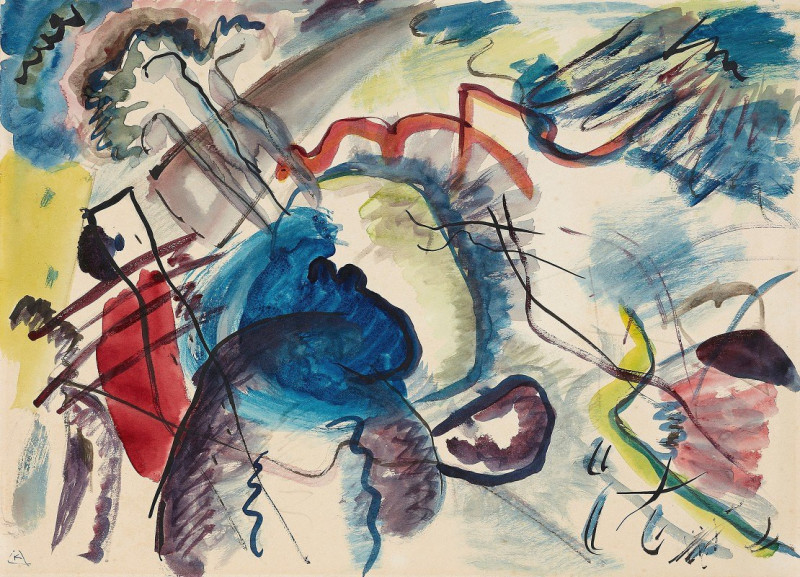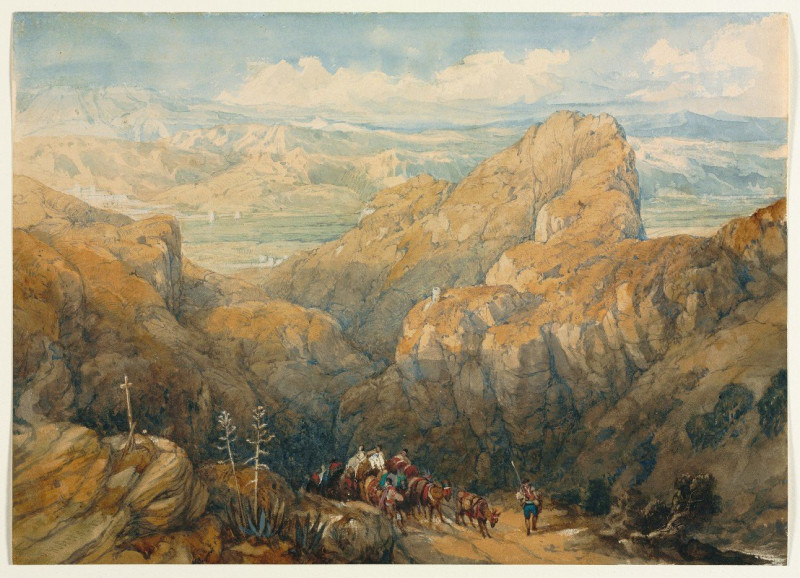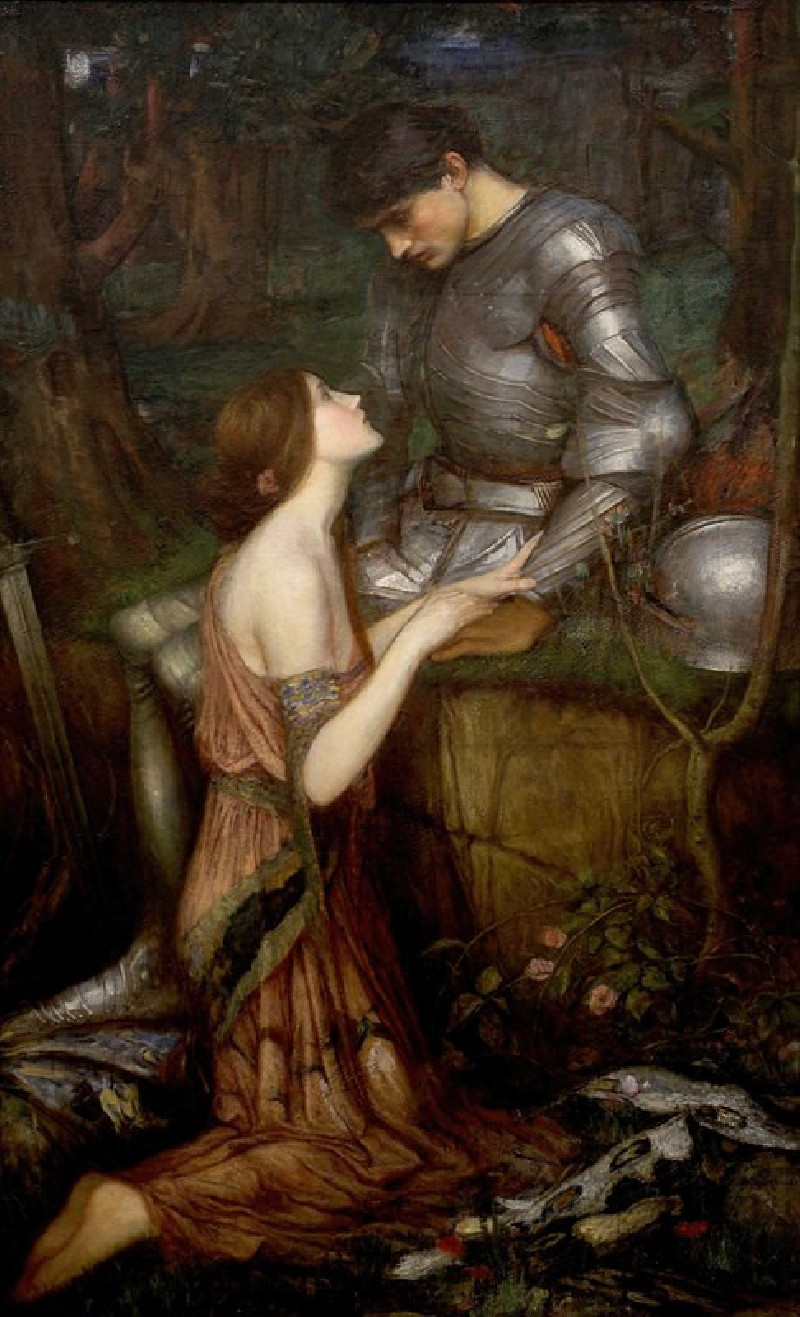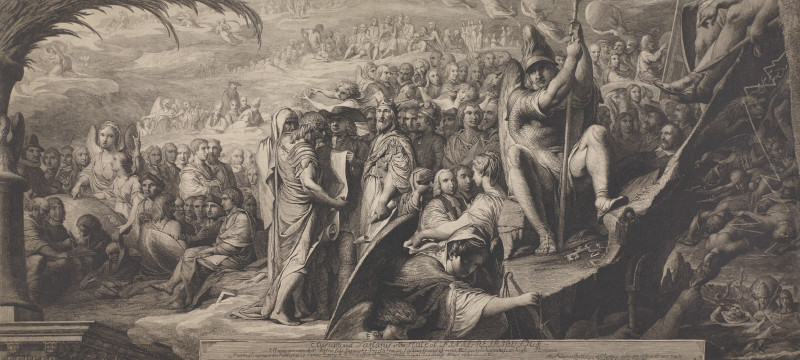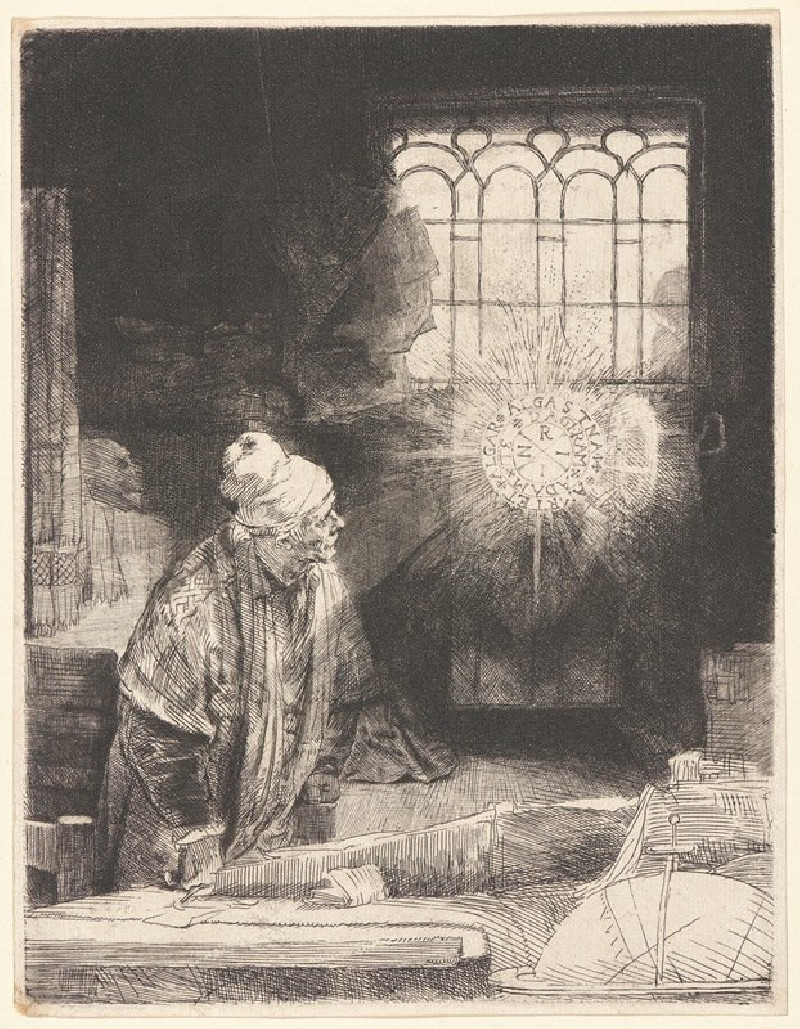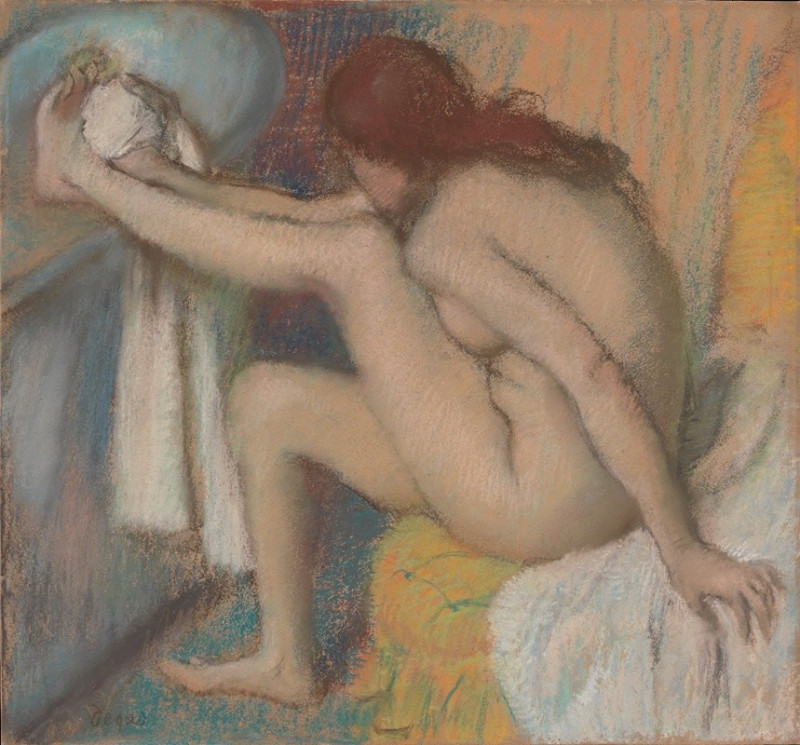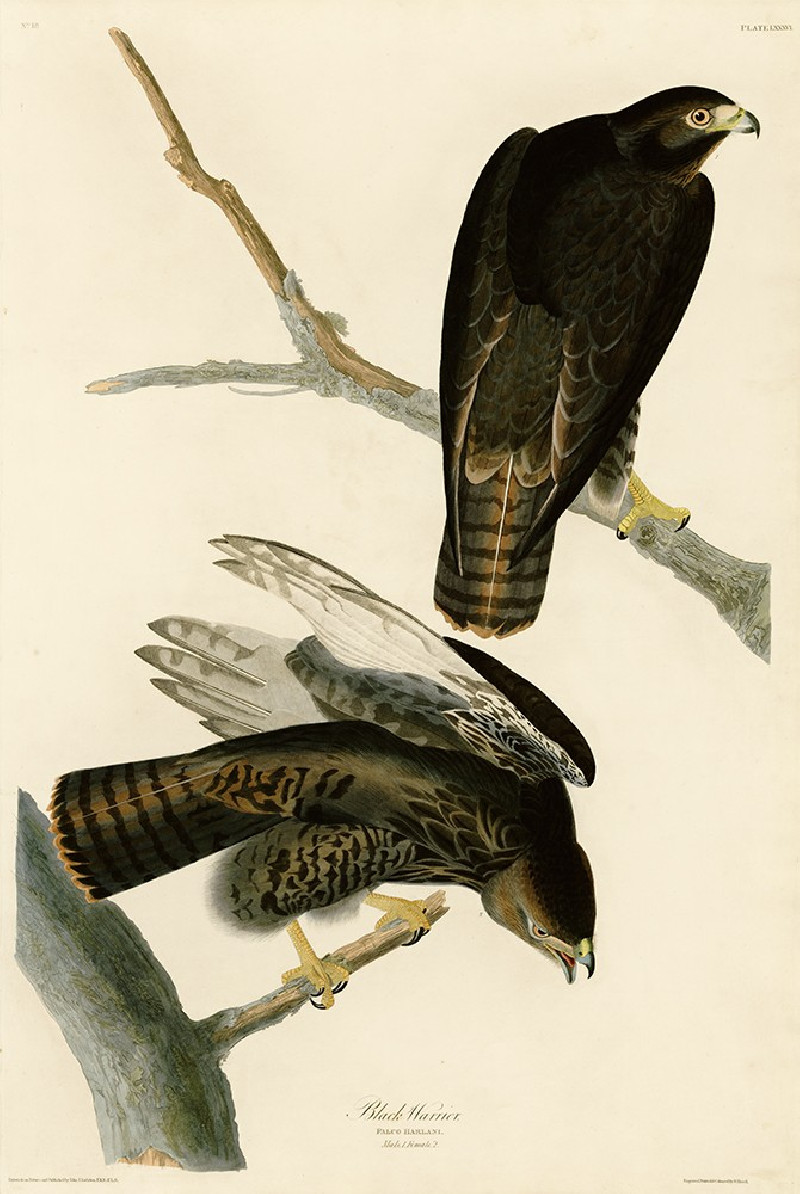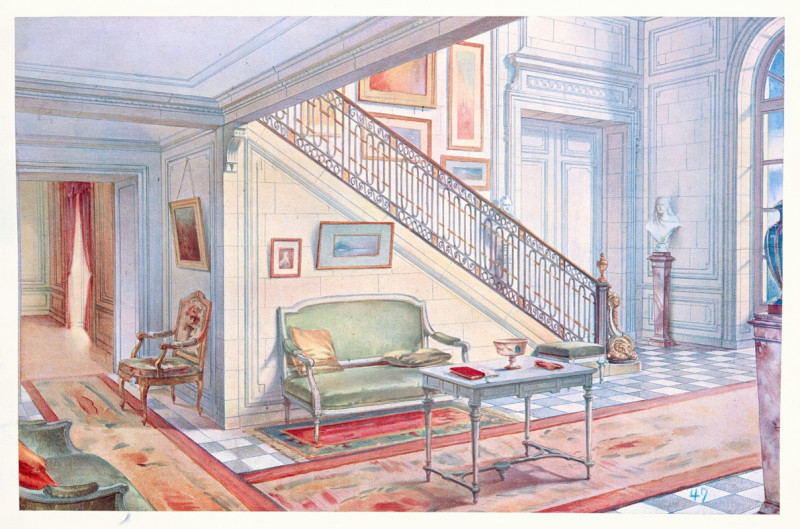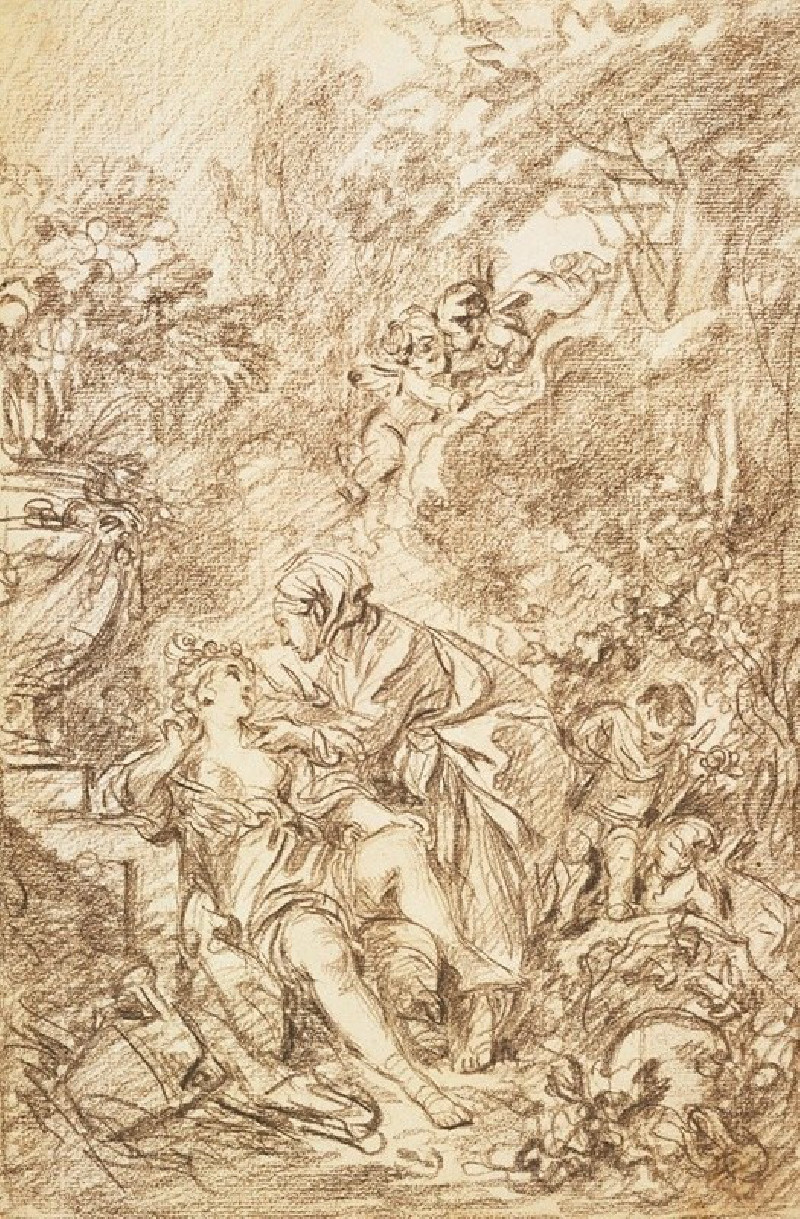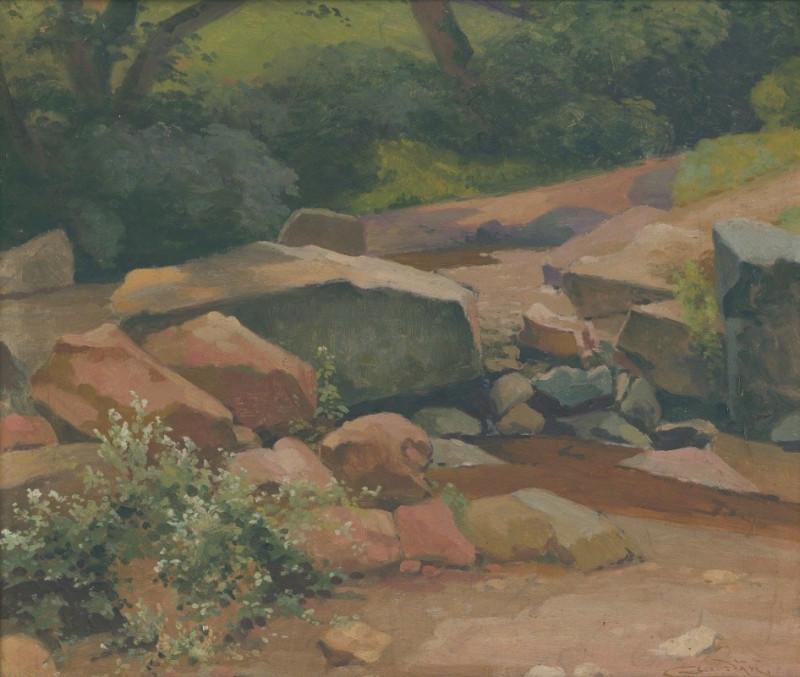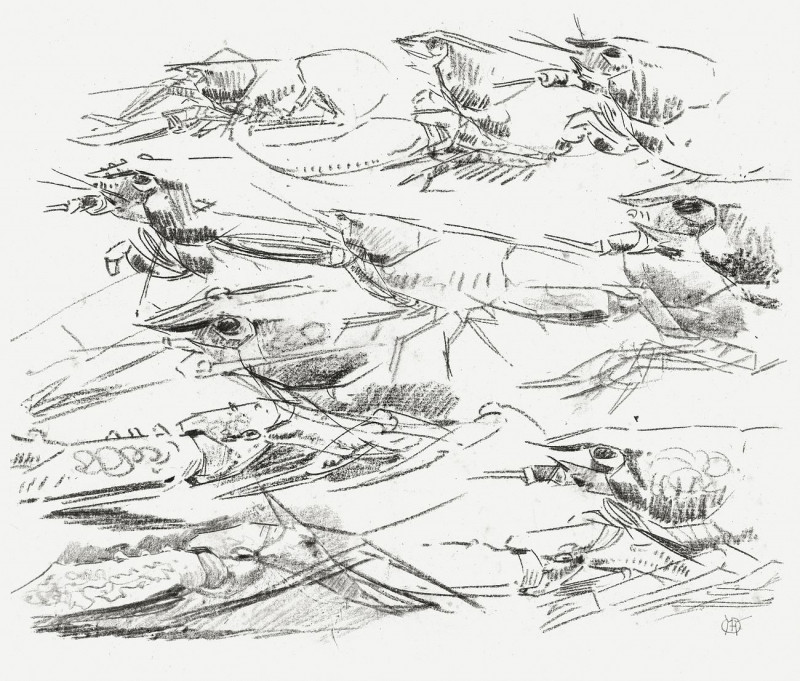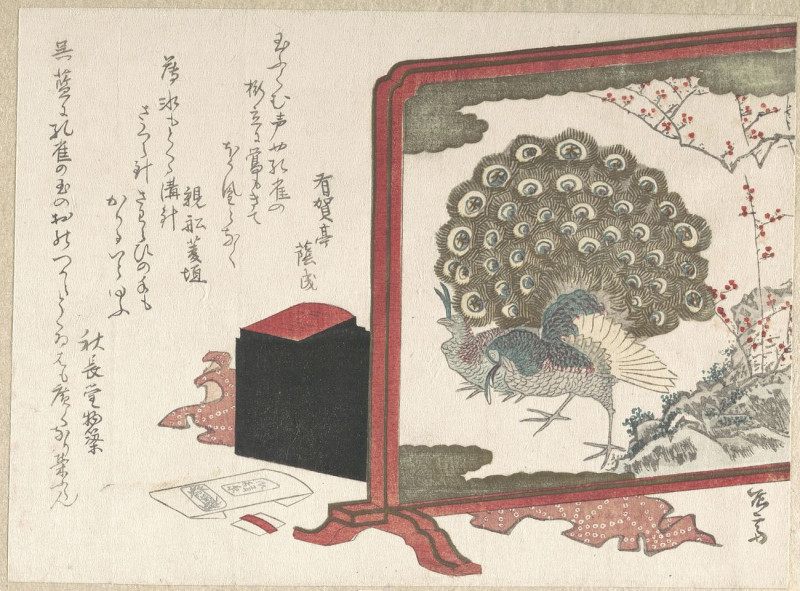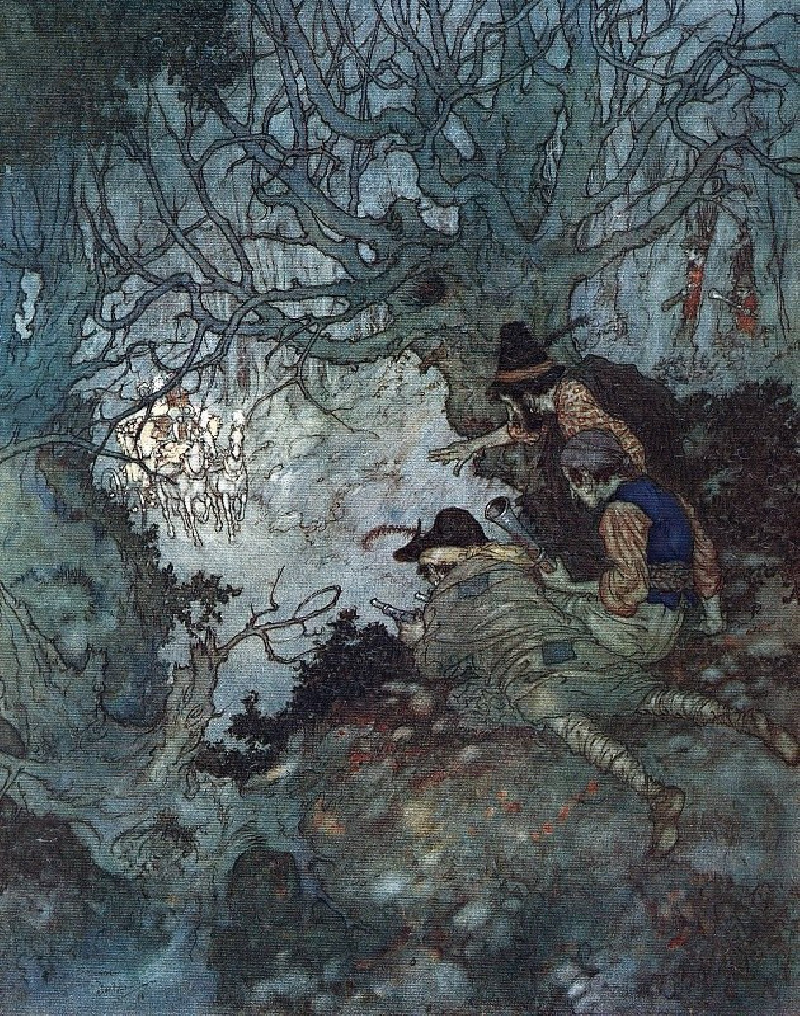Draft for ‘Composition VII’ (1913)
Technique: Giclée quality print
Recommended by our customers
More about this artwork
The painting “Draft for ‘Composition VII’” by Wassily Kandinsky, created in 1913, is an exhilarating study of color and abstract forms that showcases the artist’s pioneering approach to non-objective art. This particular piece appears as a vibrant, almost tumultuous convergence of colors and strokes, indicative of Kandinsky's movement towards complete abstraction.In the image, sweeping brushstrokes dominate the composition, with broad, fluid lines of color that create a sense of dynamic movement. The colors range dramatically across the spectrum, featuring deep blues, vivid greens, rich purples, and warm yellows and oranges, all overlaid and intermingling with patches of black and white that add depth and contrast.The use of color and form in this work is not merely decorative but is laden with emotional and spiritual significance, aligning with Kandinsky's belief in the profound spiritual power of art. Each color and shape in Kandinsky’s compositions was chosen and crafted to resonate on an emotional level, aiming to evoke a specific spiritual resonance with the viewer.“Draft for ‘Composition VII’” particularly, given its title as a draft, might be seen as an exploratory piece, where Kandinsky was testing out ideas in color interaction, form dynamism, and compositional balance.
Delivery
Returns
Wassily Wassilyevich Kandinsky was a Russian painter and art theorist. Kandinsky is generally credited as the pioneer of abstract art. Born in Moscow, Kandinsky spent his childhood in Odessa, where he graduated at Grekov Odessa Art school. He enrolled at the University of Moscow, studying law and economics. Successful in his profession—he was offered a professorship (chair of Roman Law) at the University of Dorpat today Tartu, Estonia)—Kandinsky began painting studies (life-drawing, sketching and anatomy) at the age of 30.

